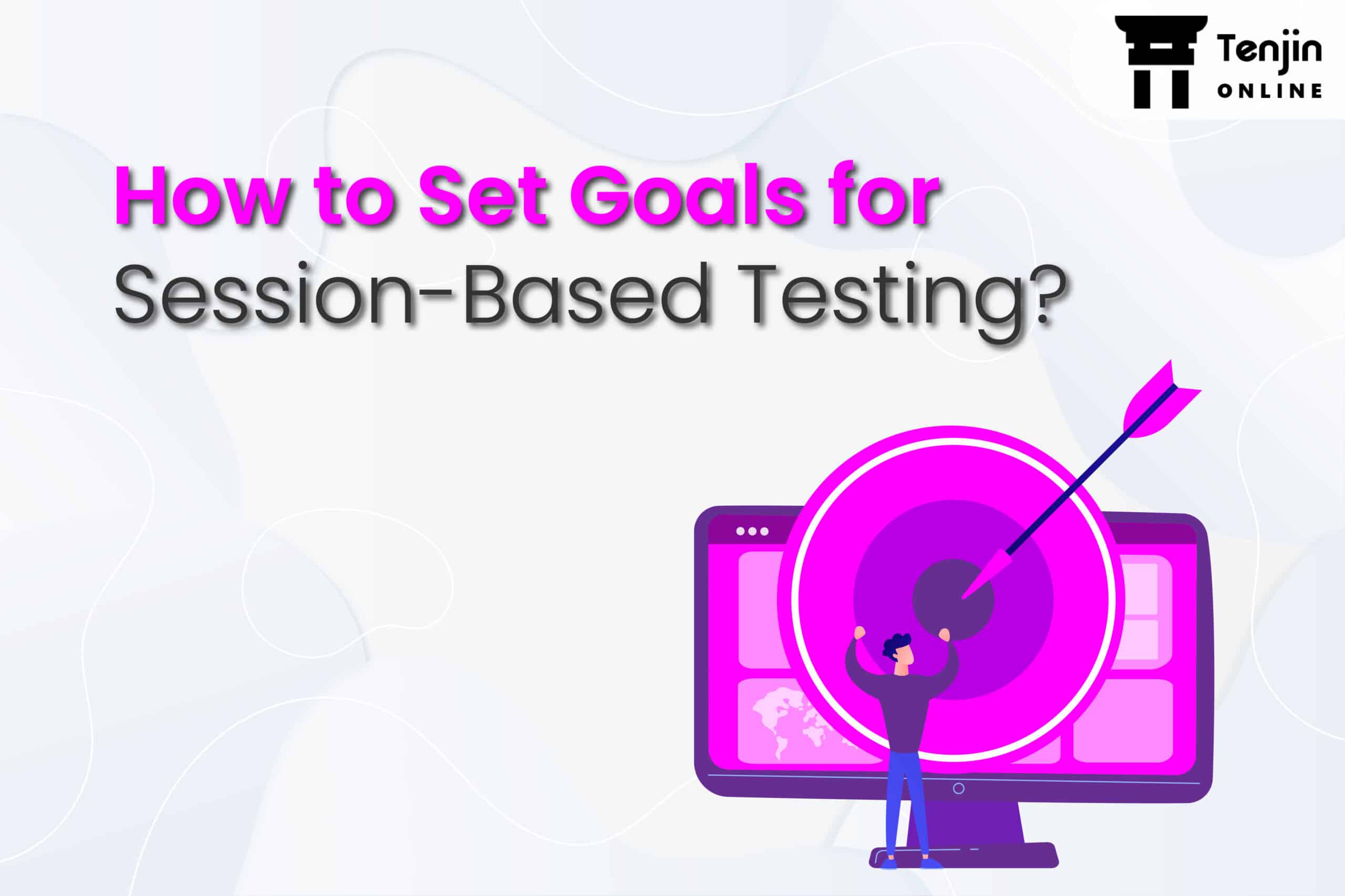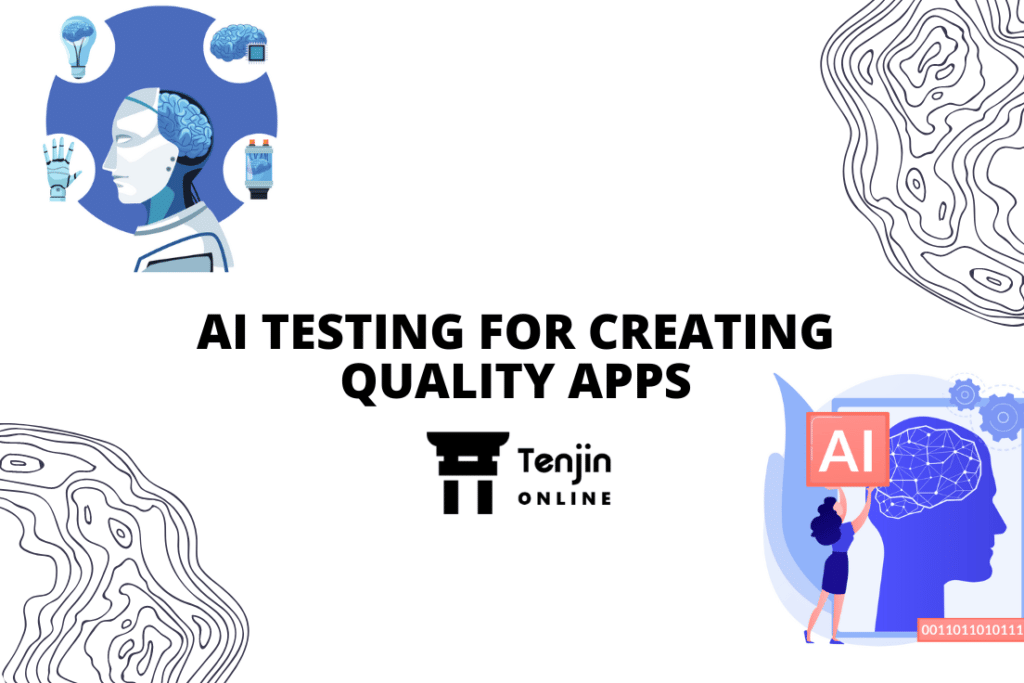
Session-based testing is a flexible and efficient approach to software testing that can help testers customize their testing activities to the specific needs of the software being tested. By breaking down testing activities into sessions, testers can work efficiently and maintain their focus on specific objectives. However, managing sessions effectively and balancing the need for speed with the need for thoroughness can be challenging. With careful planning and discipline, however, session-based testing can be a highly effective testing methodology.
Session-based testing is a powerful and efficient approach to software testing that is gaining popularity in the software development industry. However, what is critical is to set a goal for smooth implementation and efficient results. This article highlights the importance of session-based testing and helping one to set goals for the same.
What is Session-based testing?
Session-based testing can be defined as a methodology used in software testing that involves breaking down the testing process into time bound sessions or periods of uninterrupted testing activity. It is a flexible approach that allows testers to tailor their testing efforts to the specific needs of the software being tested.
In session-based testing, a tester is given a specific amount of time to perform testing activities without any interruptions. During this period, they focus on specific testing objectives, execute tests, and record results. At the end of the session, the tester produces a report summarizing their findings.
Benefits of session-based testing:
- Testers can tailor their testing activities to the specific needs of the software being tested. For example, if a software product has a critical bug that needs to be fixed before a deadline, testers can focus their testing efforts on that bug during a session. Alternatively, if a product is being developed in an agile environment with frequent updates, testers can schedule their sessions to coincide with each update, allowing them to catch and report any issues as they arise.
- Session-based testing is that it allows testers to work efficiently. By breaking down testing activities into time-boxed sessions, testers can maintain their focus on specific objectives and avoid getting side-tracked by other issues. Additionally, because sessions are time-boxed, testers are encouraged to work quickly and efficiently, which can lead to faster bug discovery and resolution.
- Session-based testing offers accurate and efficient reporting. After each session, testers are expected to produce a detailed report summarizing their findings. These reports should include information on the tests performed, any bugs discovered, and recommendations for future testing activities. The reports can be used to track progress, identify trends, and make decisions about future testing activities.
Setting Goals for Session-based testing
Here’s a step-by-step guide to set goals for session-based testing:
Define the scope of the session
The first step in setting goals for session-based testing is to define the scope of the session. This involves identifying the specific areas of the software you will be testing and the types of tests you will be performing. For example, you may decide to focus on testing a particular feature or module of the software, or you may choose to perform exploratory testing to identify potential issues.
Identify the objective of the session
Once you have defined the scope of the session, you need to identify the objective of the session. This is the goal you want to achieve by the end of the session. For example, your objective may be to identify and document as many defects as possible within the scope of the session, or it may be to validate the functionality of a particular feature.
Determine the success criteria
To determine whether the session has been successful, you need to define the success criteria. These are the criteria that must be met for the session to be considered successful. For example, if your objective is to identify and document as many defects as possible, your success criteria may be to identify a certain number of defects or to document defects with a certain severity level.
Set a time limit
Session-based testing is all about working in short, focused sessions, so it’s important to set a time limit for each session. This will help you stay focused and ensure that you achieve your objectives within the allotted time. The time limit will also help you plan your testing activities more effectively.
Plan your testing activities
Once you have defined the scope of the session, identified the objective, determined the success criteria, and set a time limit, you can start planning your testing activities. This involves deciding on the specific tests you will perform and the order in which you will perform them. You may also want to identify any tools or resources you will need to complete your testing activities.
Evaluate the results
Once the session is over, it’s important to evaluate the results to determine whether you achieved your objective and met your success criteria. This will help you identify any areas where you need to improve your testing approach and adjust for future sessions.
Conclusion
Setting goals for session-based testing is essential to achieving the best results. By defining the scope of the session, identifying the objective, determining the success criteria, setting a time limit, planning your testing activities, and evaluating the results, you can ensure that each session is focused and effective. With these tips, you can take your session-based testing to the next level and achieve greater success in your software testing efforts.


Leave a Reply
You must be logged in to post a comment.